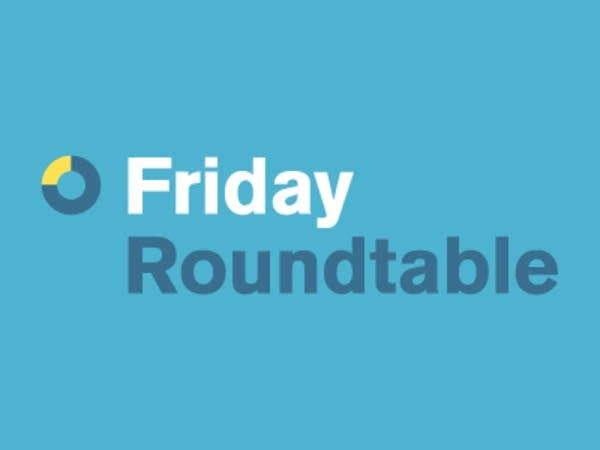The state of community and technical college in Minnesota

Over the past month, we've talked about many facets of higher education--from MOOCs to liberal arts institutions. Today we're talking about other important post-secondary options: community and technical colleges.
Learn more about community college and vocational training:
• Why Community Colleges Should Be Free
Community colleges are pillars of STEM (science, technology, engineering and mathematics) education. They train technicians for jobs in leading-edge industries and grant associate's degrees that let students finish the last half of their higher education at a four-year institution. While the gap in economic well-being between college graduates and those with only a high school diploma grows ever wider, community colleges serve as gateways for the underrepresented and the working class. (Scientific American)
Create a More Connected Minnesota
MPR News is your trusted resource for the news you need. With your support, MPR News brings accessible, courageous journalism and authentic conversation to everyone - free of paywalls and barriers. Your gift makes a difference.
• The difficulties transferring credits from community college to universities
Only about 12 percent of community college students who express an intention to transfer to a four-year school and complete a degree actually do so within six years, according to research by the Century Foundation.
A recent report by the Graduate Center at the City University of New York found that students are much less likely to earn a bachelor's degree if they begin their academic careers at a community college. (Community College Week)
• Combining the GED and professional certification
Carroll Community College in Maryland offers a joint GED-certificate program that allows students to get their high school credential, as well as an A+ certificate, which can lead to an entry-level career in information technology.
Many of these programs are modeled after I-BEST, an integrated basic education and skills training initiative launched in Washington State to help students with low basic skills, English language learners and those without a high school diploma enter college-level courses and earn professional credentials. (U.S. News & World Report)